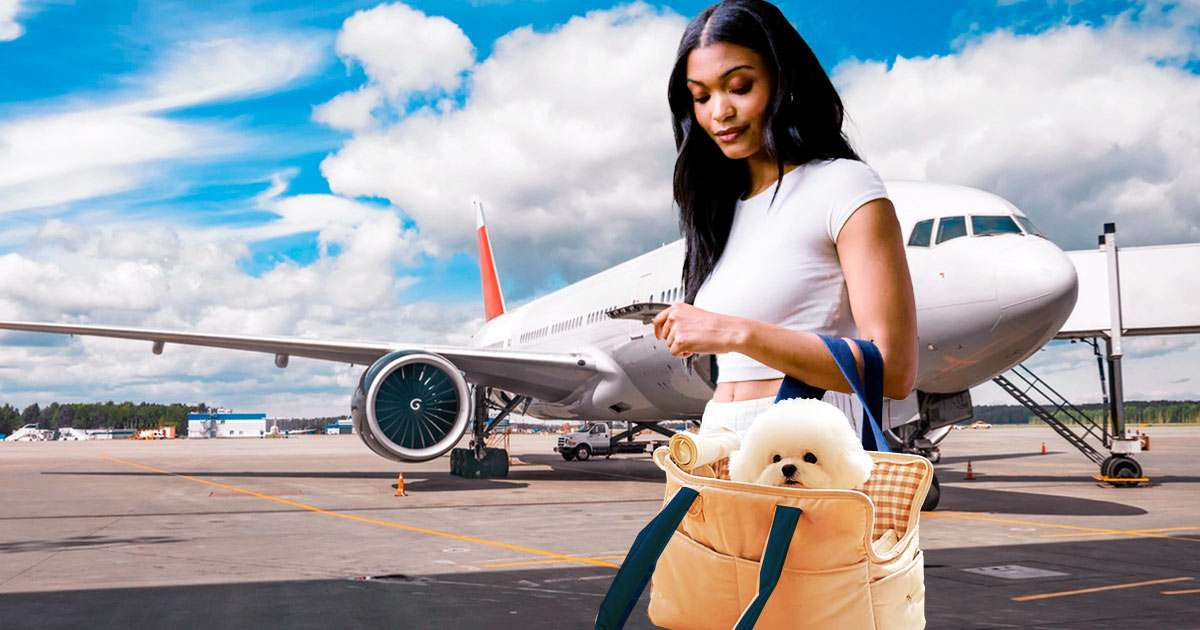Moving Cross Country with Pets: Essential Considerations & Tips

Moving cross country can be stressful for both humans and pets. Animals, being intuitive creatures, are often sensitive to change and may exhibit signs of excitement, anxiety, or neediness as soon as the suitcases appear. However, because pets are considered part of the family, their wants must be carefully thought through during the moving process. Whether you’re moving across the country with cats, dogs, or less popular pets, you need to make sure you’re ready. To help you with this, we’ve put together a list of the best ways to move pets across the country without any problems.
Give your vet a visit
Before you move, make sure to visit your vet for your pet’s checkup and vaccinations. Gather all their medical records and refill any necessary medications, as these will tide you over until you find a new vet in your new area. For flying with your pet, note that most states require health certificates and up-to-date rabies vaccinations. It’s wise to have your pet microchipped for identification purposes, as many airlines now mandate it alongside updated shot records.
Check local laws and regulations
Before moving to another state, make sure to look up the animal import requirements for that state. You can find these regulations on the Animal and Plant Health Inspection Service section of the U.S. Department of Agriculture’s website or by asking your landlord or Realtor about specific rules for your new home. While most states have similar regulations, Hawaii stands out with a quarantine period of up to 120 days for pets.
Exotic animals or domesticated livestock might have extra requirements or paperwork. Additionally, some areas may restrict certain dog breeds or limit the number of pets per household, so it’s essential to research these ordinances before moving with your pets.
Update your pet’s ID Tag
Before a big move, it’s vital to check and update your pet’s ID tag. When pets are in unfamiliar surroundings, they can become anxious and may try to run away. Make sure the tag includes your name, phone number, and new address. You can also add your name and your pet’s chip number if you haven’t already. Additionally, some states mandate a separate rabies tag on their collars, which you can obtain from your vet after their annual vaccinations.
Let movers know you have a pet
When booking moving services, inform the company if you have a pet, even though they can’t transport them. On moving day, keep your pet in a safe area or have someone watch them. If you’re not getting a pet sitter, use crates or gates to keep them contained. Ensure movers know about your pet’s safety needs. Moving day can be stressful, especially for pets who sense your emotions, so stay calm and try to accommodate them. If you’re considering a pet transportation company, ask your movers for recommendations or if they can assist you.
Pack your pet’s necessities
Prepare a bag with your pet’s essentials just like you would for yourself. Include bowls, food, treats, medications, a leash or harness, a litter box and scooper for cats, elimination bags for dogs, toys, and blankets—everything your pet needs regularly. If your pet gets anxious during travel, carry a recent photo in case they get lost. Before packing, give your pet’s belongings a good clean to avoid unpacking dirty items in your new home.
Find a vet for your pet before moving
Moving with pets across the country can be tough, so it’s crucial to maintain their health coverage without any gaps. To ensure continuity of care, find a new vet before you move. Begin by informing your current vet about your relocation; they might suggest a vet in your new area. Your current vet can also help with transferring your pet’s records. Once you’ve chosen a new vet, ensure they’re accepting new clients and inquire about their requirements. You might need to schedule an initial visit before transferring records officially.
Drive if possible
Driving is often the best choice when moving with pets across the country for a few key reasons. It lets your pet stay in a familiar environment with you and allows for breaks when necessary. Before you go, get a restraint like a harness seat belt and make the interior cozy with your pet’s favorite blanket or toy. Plan feeding times and treats carefully to prevent upset stomachs.
Find a good Restraint Option for your pet
In the previous part, we discussed restraint options, crucial for moving with pets in your car. First, decide if your pet will be in a crate or carrier, and introduce it to them beforehand if it’s new. Besides sturdy containers, you can choose harness seat belts, zipline harnesses, or backseat hammocks depending on your pet’s type and number.
Consider a pet transport service
Pet shipping services can make relocating your furry friend easier by handling travel arrangements, paperwork, and on-the-road care like feeding, bathroom breaks, and medication administration. While they can be pricey, they offer peace of mind, especially for long-distance moves. It reduces tasks for you on the road and eliminates worries about finding pet-friendly accommodations during overnight stops or dealing with layovers or flight cancellations if flying. Ensure you choose a USDA-certified company with genuine veterinarian support by checking online reviews and communicating with them to ensure your pet’s safety during travel.
Pet-proof your new home
In your new home, ensure you eliminate any potential hazards for your pet, just as you did in your old place. Here’s a simple breakdown: remove plants that are toxic to pets, lock up cleaning supplies and hazardous substances like pesticides and antifreeze, and secure window screens and the yard fence. Also, clear away any items your pet could chew or swallow. Initially, supervise their yard time to ensure they can’t escape through any gaps in the fence.
Learn How to Move Cross Country with Pets
To ensure a smooth transition for your beloved pets during a cross-country move, take proactive steps to prioritize their well-being. Start by scheduling a vet visit to update vaccinations and gather medical records. Research and comply with state regulations regarding pet relocation, and update your pet’s ID tags with current information. When arranging moving services, inform them of your pet’s presence and pack essentials for their comfort.
Prioritize finding a new vet in your destination area and pet-proof your new home to prevent accidents. Finally, consider pet transportation services for added convenience and peace of mind. By taking these measures, you can ensure a safe and stress-free move for both you and your furry companions.

